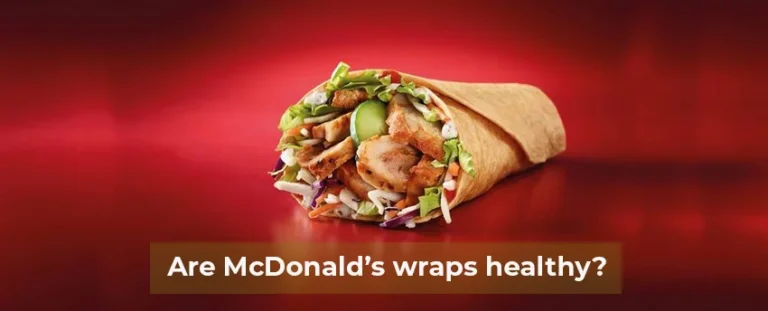Regional Barbecue Styles Across the U.S.
Barbecue in the United States is a culinary tradition deeply rooted in regional culture and flavors. Regional barbecue styles across the U.S. showcase the diverse ways that Americans smoke, grill, and flavor their meats. From the tangy sauces of the Carolinas to the bold flavors of Texas, each region has its unique approach to barbecue, creating a variety of mouthwatering styles that continue to captivate food lovers.
The Four Main Regional Barbecue Styles Across the U.S.
There are four major regional barbecue styles across the U.S.: Carolina, Texas, Kansas City, and Memphis. Each style has distinct characteristics, including meat types, sauces, and cooking techniques.
1. Carolina Barbecue
The Carolinas are known for their two distinct styles: Eastern and Western Carolina barbecue.
- Eastern Carolina Barbecue: In this style, whole hogs are slow-cooked over wood, with a simple vinegar-based sauce that’s often spiked with pepper. The focus is on pork, and the sauce enhances the meat’s natural flavor without overpowering it.
- Western Carolina Barbecue: Also known as Lexington-style, this variation focuses on pork shoulder. The sauce is vinegar-based like in Eastern Carolina, but with the addition of tomato, giving it a slightly sweet and tangy flavor.
Both styles reflect the importance of pork in the Carolinas and their commitment to slow-cooking methods.
2. Texas Barbecue
Texas barbecue is bold and hearty, with several regional variations across the state.
- Central Texas: The star of Central Texas barbecue is beef, particularly brisket. Cooked low and slow over oak or pecan wood, the brisket is seasoned with a simple rub of salt and pepper. The meat speaks for itself, and sauce is rarely used.
- East Texas: Here, pork reigns supreme, and meats are often cooked until fall-apart tender. The barbecue is typically served with a thick, tomato-based sauce, and the cooking methods are influenced by Southern and African-American traditions.
- West Texas: Also known as “cowboy-style” barbecue, West Texas uses direct heat from mesquite wood. This gives the meat a smoky, robust flavor and faster cooking time.
- South Texas: This style incorporates barbacoa, where meats (often beef head) are cooked underground. South Texas barbecue also features a sweeter sauce with a molasses base.
3. Kansas City Barbecue
Kansas City barbecue is known for its diverse range of meats and sweet, tangy tomato-based sauces. Kansas City pitmasters use everything from pork ribs to beef brisket, and they aren’t afraid to throw in some sausage or chicken. Meats are smoked slowly over a variety of woods, including hickory, and the sauces tend to be thick and sweet, with a generous amount of molasses and brown sugar.
Burnt ends, made from the flavorful tips of smoked brisket, are one of Kansas City’s iconic dishes. The combination of tender meat and bold sauces makes this one of the most beloved regional barbecue styles across the U.S..
4. Memphis Barbecue
Memphis is famous for its ribs, and there are two main styles: wet and dry.
- Dry Ribs: These ribs are coated in a dry rub made from a blend of spices before being slow-cooked. The result is a flavorful crust on the ribs, with no need for sauce.
- Wet Ribs: Wet ribs are slathered with a tangy, tomato-based sauce before and after cooking, which caramelizes into a sticky glaze.
In addition to ribs, Memphis barbecue also includes pulled pork sandwiches, often topped with coleslaw. This city’s barbecue style showcases a balanced mix of sweet, smoky, and savory flavors.
Other Notable Regional Barbecue Styles Across the U.S.
While Carolina, Texas, Kansas City, and Memphis are the major regional barbecue styles across the U.S., other regions offer their unique takes on barbecue.
- Alabama: Known for its distinctive white sauce made from mayonnaise, vinegar, and pepper, Alabama barbecue is often served with smoked chicken.
- Kentucky: In Western Kentucky, mutton (sheep) is a barbecue favorite, often served with a black, peppery sauce.
- Hawaiian: Kalua pork, cooked in an underground oven called an imu, is Hawaii’s contribution to the barbecue scene. The pork is tender and mildly smoky, often served at luaus.
The Cultural Significance of Regional Barbecue Styles Across the U.S.
Regional barbecue styles across the U.S. are more than just cooking techniques—they reflect the history, culture, and community of each region. Barbecue gatherings have long been a way for people to come together, celebrate, and share meals. Whether it’s a Texas brisket cookout or a Carolina pig-pickin’, barbecue brings families and communities closer, offering a delicious way to preserve culinary traditions.
Each region’s style has been shaped by its geography, history, and cultural influences, from Native American cooking methods to the contributions of African-American pitmasters. Today, barbecue remains a vital part of American food culture, with regional styles continuing to evolve and inspire.
Conclusion
Regional barbecue styles across the U.S. offer a rich and diverse culinary experience. Whether it’s the smoky brisket of Texas, the vinegary pork of the Carolinas, or the saucy ribs of Kansas City, each region’s approach to barbecue reflects its cultural heritage and love of great food. Barbecue has become a beloved tradition that continues to bring people together across the country, and each style has its own unique way of capturing the heart of American cuisine.
Popular Questions About Regional Barbecue Styles Across the U.S.:
- What is the difference between Texas and Carolina barbecue?
Texas barbecue focuses on beef, particularly brisket, while Carolina barbecue is centered around pork with a vinegar-based sauce. - Which regional barbecue style is known for its sweet, tomato-based sauces?
Kansas City barbecue is famous for its sweet, molasses-based sauces, often paired with a variety of meats. - What makes Memphis barbecue unique?
Memphis barbecue is known for its ribs, with two styles—dry ribs, coated with a spice rub, and wet ribs, slathered in sauce.







